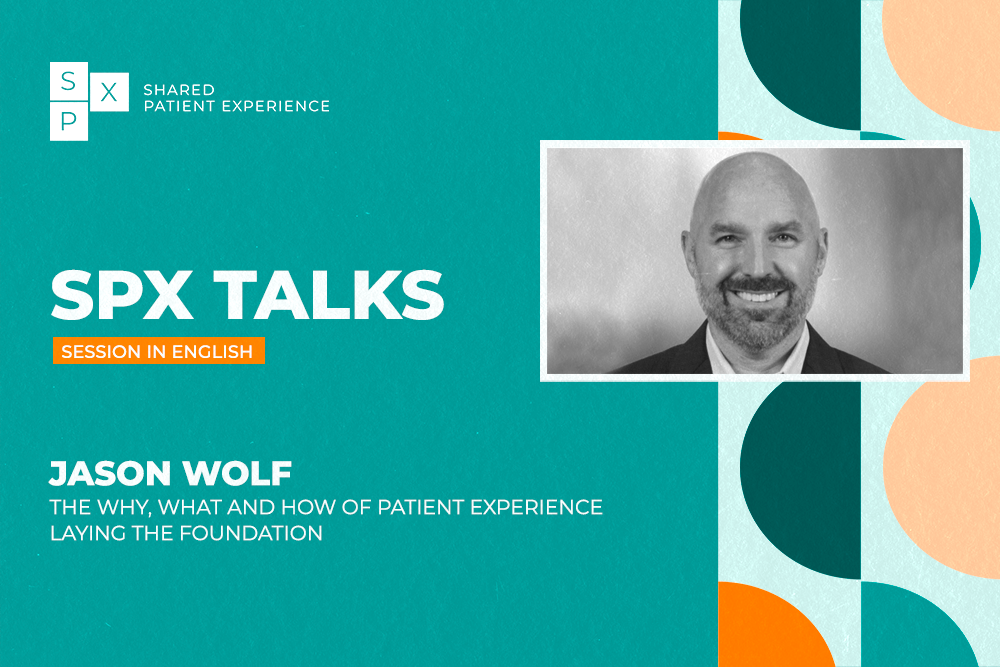
Patient and public involvement in research
The starting point for the article is the observation that patients and the public have become increasingly involved in research activities, and that through this phenomenon, the body of literature on these issues has expanded rapidly in the last decade in order to understand how patient and public involvement (PPI) can best be mobilised, and in how it can contribute positively to the research process.
Therefore, RAND Europe was commissioned by The Healthcare Improvement Studies (THIS) Institute at the University of Cambridge to analyse existing data on patient and public involvement in research. This study aims to support the efforts of THIS Institute to establish and implement an effective PPI strategy; the results of this study can also be applied to other organisations seeking to involve patients and the public in research in a meaningful and effective way.
The article is structured into the following 8 chapters, the key points of which we will outline:
1. Context
The analysis is based on the following five questions: What motivates patients and the public to engage with research? Why do researchers involve patients and the public in their studies? How are patients and the public involved in research? What are the challenges to patient and public involvement in research and how can they be addressed so that contributions are relevant? What is the impact of engaging patients and the public in healthcare research?
2. Profile of the reviewed literature
The research is based on a selection of 71 different sources, including 53 articles and 14 journals. This literature review was supplemented by interviews with experts on the subject.
3. Why does patient and public involvement in research happen?
Many reasons explain patient and public involvement in research, including: an individual’s subjective interest in a healthcare topic, often driven by personal experience, altruistic motivations or a desire to reflect patients’ experiences in research, and have an influence.
At the researcher level, why involve patients and the public? We could name: the belief that this will improve research results or a response to a political imperative to share power between the research community and the broader public.
4. How patients and the public are involved in research: an overview of approaches and methods
Patient and public participation in research can take place at different stages in a research cycle. The duration and frequency of patient and public engagement can be in the form of ad hoc contributions, limited to specific tasks, up to a longer-term commitment, for example, lifelong engagement in a project.
5. How can effective contributions from patient and public involvement be enabled?
Several levers must be activated jointly: clear governance, through precise roles assigned to contributors and transparent processes; the use of tools promoting participation and exchange, such as user-friendly online platforms, setting up training programmes for contributors; a culture of feedback; tangible compensation of contributors, in financial terms, as well as socially and in terms of reputation.
6. What are the challenges and barriers to patient and public involvement with research?
The difficulties observed are generally linked to governance and management issues, the capacity of individuals to engage, administrative challenges, and even aspects related to culture, values and attitudes.
7. The impacts of patient and public involvement in research: what we know and what we do not know
Studies that aim to analyse what works, and why, are still fragmented and inconclusive. More analysis is needed to better understand the impacts of patient and public involvement.
Conclusion
8. Reflection on key learning points and areas for consideration in future practice
Extracts from recommendations given with regard to patient and public involvement in research:
- Ensure roles of PPI contributors are clear and well communicated.
- Ensure that PPI contributors are well informed and supported to effectively engage.
- Think about ethical considerations.
- Build in monitoring and evaluation mechanisms.
- Highlight the factors that motivate patients and the public to get involved, and then permit their recruitment.
Source: Sarah Ball, Amelia Harshfield, Asha Carpenter, Adam Bertscher, and Sonja Marjanovic, Patient and public involvement in research: Enabling meaningful contributions. Santa Monica, CA: RAND Corporation, 2019. https://www.rand.org/pubs/research_reports/RR2678.html



